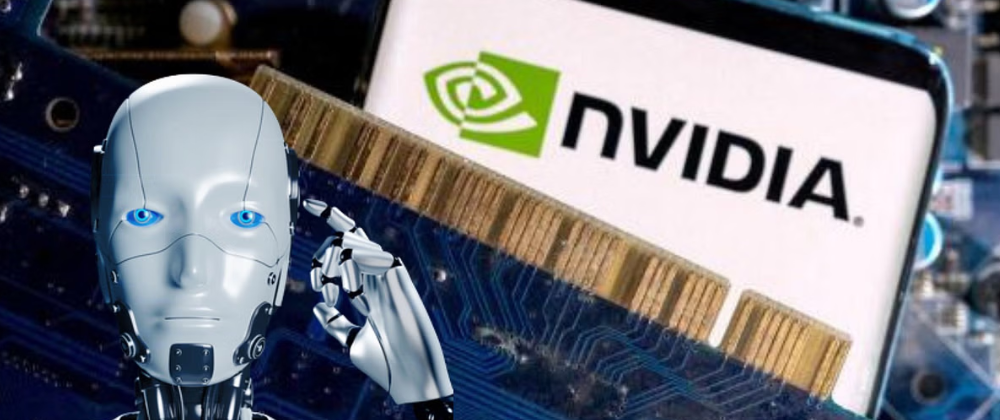NVIDIA has unveiled a groundbreaking suite of tools aimed at accelerating the development of humanoid robots, marking a significant step forward in the intersection of artificial intelligence and robotics. Announced during the SIGGRAPH conference in Denver, these innovations are designed to streamline the processes involved in creating, training, and deploying humanoid robots.
Key Components of the New Suite
The suite includes several cutting-edge offerings:
- NIM Microservices: NVIDIA's NIM (NVIDIA Inference Microservices) provides pre-built containers that dramatically reduce deployment times from weeks to mere minutes. This feature is crucial for developers looking to enhance their simulation workflows and generate synthetic motion data efficiently.
- OSMO Cloud Orchestration Service: The NVIDIA OSMO service facilitates the orchestration of complex robotics development workflows across distributed computing resources. This cloud-native platform allows developers to manage tasks such as synthetic data generation, model training, and reinforcement learning, significantly shortening development cycles.
- AI-Enabled Teleoperation Workflow: This innovative workflow allows developers to capture human demonstration data using devices like the Apple Vision Pro. The data can then be simulated in NVIDIA's Isaac Sim, generating synthetic datasets that aid in training humanoid robots while reducing costs and time.
Implications for the Robotics Industry
Jensen Huang, NVIDIA's founder and CEO, emphasized the transformative potential of humanoid robots, stating, “The next wave of AI is robotics, and one of the most exciting developments is humanoid robots.” By providing access to advanced simulation tools and generative AI models, NVIDIA is empowering developers worldwide to push the boundaries of what humanoid robots can achieve.
The introduction of these tools is expected to foster collaboration among leading robotics companies and AI developers. Early adopters of the NVIDIA Humanoid Robot Developer Program include notable firms such as Boston Dynamics and Fourier, who are eager to leverage these technologies to enhance their robotic capabilities.
Enhancing Development Workflows
NVIDIA's new microservices, including MimicGen and Robocasa, are specifically designed to improve simulation workflows. MimicGen generates synthetic motion data based on teleoperated demonstrations, while Robocasa creates simulation-ready environments. These tools are built on the NVIDIA Omniverse platform, which serves as a robust framework for developing and collaborating within 3D worlds.
The OSMO service simplifies the management of complex robotic workflows, allowing developers to visualize and control various tasks. This capability is crucial for accelerating the development of humanoid robots, which often require extensive training and fine-tuning.
Future Prospects
As the demand for humanoid robots continues to grow across various sectors, including healthcare, logistics, and manufacturing, NVIDIA's suite of tools positions the company as a leader in this rapidly evolving field. The advancements in robotics technology are expected to facilitate the creation of robots that can perform intricate tasks, interact with humans more effectively, and adapt to diverse environments.
In conclusion, NVIDIA's launch of its comprehensive suite of tools for humanoid robotics is set to revolutionize the industry. By providing developers with powerful resources and frameworks, NVIDIA is not only accelerating the development of humanoid robots but also paving the way for a future where these machines play an integral role in society.





Top comments (0)